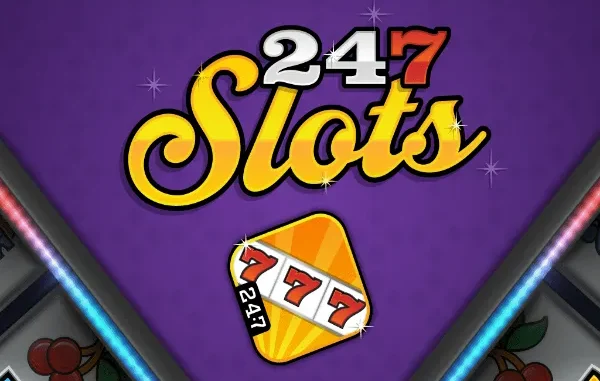
When playing slots, one of the key decisions you need to make is whether to play low volatility or high volatility games. Both have their own distinct pros and cons that appeal to different types of players. This article examines the key differences between low and high volatility slots to help you determine which is better suited for your playing style and preferences.
Defining Slot Volatility
Slot volatility refers to the risk profile of a game and how often and largely it pays out. Low volatility slots offer smaller but more frequent payouts, while high volatility slots feature larger but less frequent wins. Generally, low volatility games pose less risk, but high volatility games have greater reward potential.
Key Differences
Here are the main differences between low and high volatility slots that Casumo Casino New Zealand players should consider:
Risk Level
- Low volatility slots have less risk due to more frequent, smaller wins to sustain bankroll.
- High volatility slots carry more risk due to infrequent payouts that require larger bankrolls.
Payout Size and Frequency
- Low volatility payouts are generally 30-50x bet amount and hit about every 5–10 spins.
- High volatility payouts can reach 1000x+ bet amount but only hit every 100+ spins.
Bankroll Needed
- Low volatility slots require a smaller bankroll to play long-term.
- High volatility slots demand larger bankrolls to endure dry spells without going broke.
Entertainment Factor
- Low volatility provides constant drips of small wins, which some find boring.
- High volatility offers nervous anticipation while waiting on that elusive big payout.
Assessing Your Playing Style
Determining if low or high volatility slots are right for you requires an honest assessment of your risk tolerance and playing style:
- Conservative Playing Style. If you prefer to maximize playing time with less volatility, low variance slots with their smaller but more achievable payouts are likely the better choice.
- Aggressive Playing Style. If you get bored easily without big jackpots to chase and have a larger bankroll to endure potential losing streaks, high variance slots match well.
Something In Between
If you land somewhere in the middle with your playing style, medium volatility slots offering moderate risk-reward profiles may suit you well.
In the end, volatility preference depends greatly on the individual. Determine honestly what matters most – consistent action, the thrill of chasing big wins, or somewhere in between – and choose slots with aligned payout profiles. Monitoring your entertainment factor and bankroll depletion rate when playing different volatilities also provides good practical feedback for future game selection.
Key Pros and Cons of Low and High Volatility Slots
| Low Volatility Slots | High Volatility Slots |
| Lower risk of losing bankroll | Potential for bigger payouts |
| Smaller but more frequent payouts | Infrequent but larger jackpots |
| Provide more consistent action | Deliver higher levels of suspense and anticipation |
| Less bankroll required | Larger bankroll needed to contend with dry spells |
| Often viewed as boring without big wins | Losing streaks can be extremely frustrating |
With clarity on the core differences in volatility among slot games, players can better determine which profile aligns best with their personal dispositions and playing style preferences. Monitor your experience, entrainment factor, and bankroll results closely when playing both low and high-variance slots, and let this guide your volatility selections for maximum slot enjoyment.
Examining Volatility By Slot Type
While all thereviewscasino slots fall somewhere on the low to high volatility spectrum, some generalizations can be made regarding variance profiles correlated to specific game genres:
- Classic Slots – Tend to be lower in volatility, given their focus purely on the spinning reels format. Simple classics like Fruit Machines and other basic 3-reel slots provide plenty of small payouts to extend playing time.
- Video Slots – Encompassing a wide variety, video slots volatility runs the gamut. Lower-end video slots offer mild volatility while high-end immersive video slots cater to thrill-seekers with dramatic music, interactive bonus rounds, and less frequent monster jackpots with huge payout potential.
- Progressive Slots – Boasting life-changing jackpots that continually rise with every bet placed, progressive slots are inherently high volatility designs. Their towering headline jackpots may only hit once a year or even longer across an entire progressive game network.
- Newer vs. Older – General slot innovation follows a trend towards higher volatility experiences. As competition increases for player entertainment dollars, designers continue stretching volatility limits, with slots offering sometimes insane payout potential.
- RTP Impact – A slot’s RTP (Return To Player) percentage also influences volatility. Lower RTPs around 90-92% push higher volatility as a slot needs bigger payouts less often to meet lower long-term payback rates guaranteed to players under regulation.
In the hunt for your perfect slot volatility, exploring variance profiles by genre provides another beneficial lens when selecting games that match your individual style, preferences, and risk appetite.

Leave a Reply